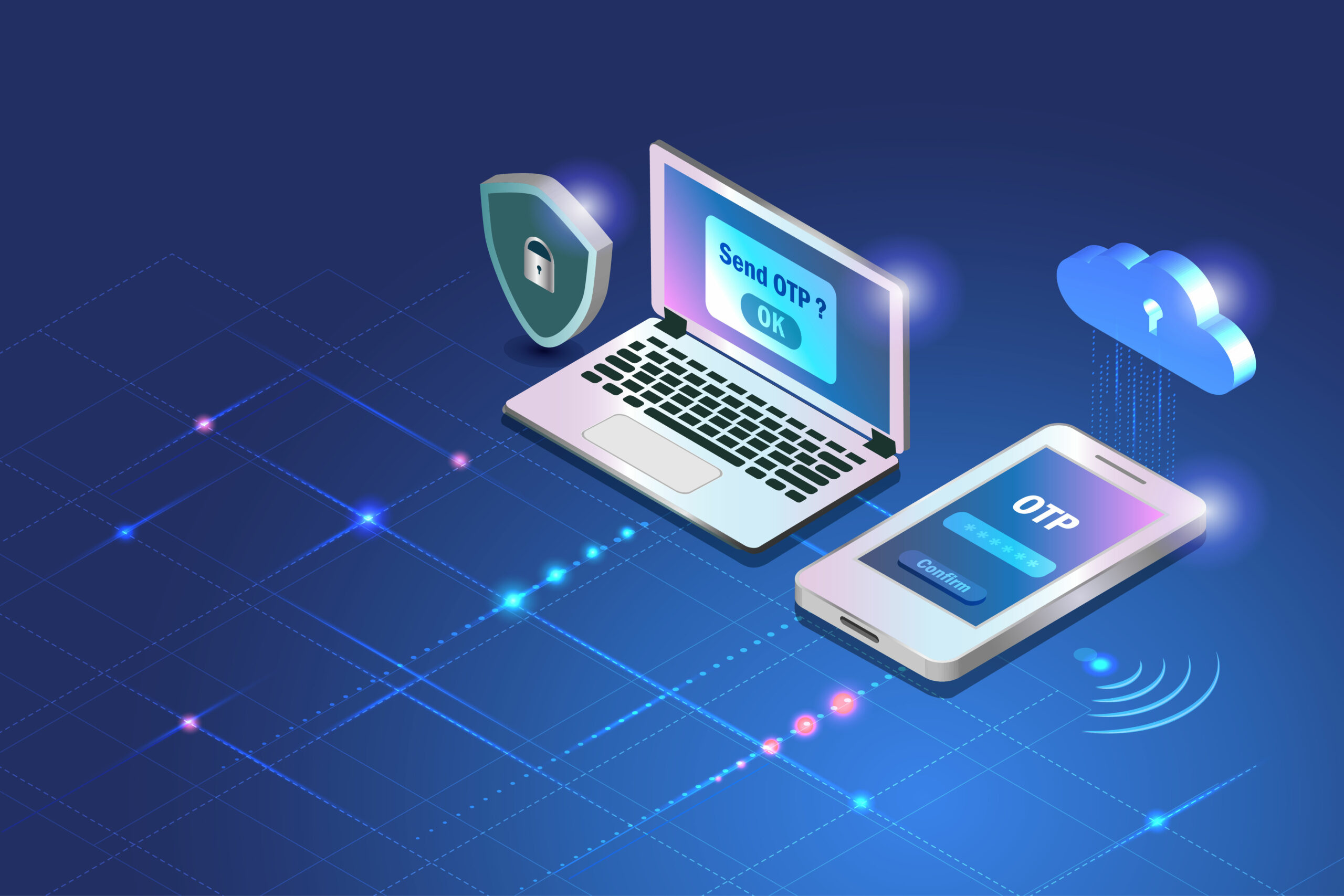In today’s digital age, where cyber threats are constantly evolving, individuals and organizations must prioritize their cyber security. This blog delves into key principles and concepts in cyber security, providing insights into understanding common threats, risk management, encryption, incident response, security awareness, compliance, emerging technologies, best practices for cyber hygiene, and ultimately, taking control of your cyber security. But don’t worry, we promise to make it as exciting as possible!
- Introduction to Cyber Security
- Understanding Common Cyber Threats
- The CIA Triad: A Foundation for Cyber Security
- Risk Management in Cyber Security
- Encryption: Protecting Your Digital Secrets
- Incident Response: What to Do When Things Go Wrong
- Security Awareness: Strengthening Your Cyber Defenses
- Compliance and Cyber Security Regulations
- Emerging Technologies in Cyber Security
- Best Practices for Cyber Hygiene
- Summary: Taking Control of Your Cyber Security
Introduction to Cyber Security
Cyber Security is a crucial practice that focuses on protecting systems, networks, and data from digital attacks. It involves a wide range of technologies, processes, and practices that are specifically designed to ensure the security and integrity of digital assets. This includes safeguarding against unauthorized access, preventing data breaches, and defending against various cyber threats that may compromise the confidentiality, integrity, and availability of information. In essence, cybersecurity is essential for maintaining the trust and reliability of digital systems in an increasingly interconnected and digital world.
Understanding Common Cyber Threats
Cyber threats come in various forms, such as malware, phishing attacks, ransomware, and DDoS attacks. For example, ransomware like WannaCry and NotPetya have caused significant disruptions worldwide by encrypting data and demanding ransom payments. Additionally, social engineering tactics like email scams and phone calls can trick individuals into revealing personal information or clicking malicious links.
Furthermore, businesses and organizations are increasingly targeted by sophisticated cyberattacks aimed at stealing intellectual property, disrupting operations, or causing financial losses. These threats highlight the importance of cybersecurity awareness and proactive measures to protect individuals and organizations from the ever-evolving landscape of cyber threats.
The CIA Triad: A Foundation for Cyber Security
- Confidentiality: Protecting information from unauthorized access.
- Integrity: Maintaining the accuracy and completeness of data.
- Availability: Ensuring authorized users can access information and systems when needed.
This understanding of the CIA Triad forms a solid foundation for understanding the various cybersecurity measures implemented to protect data and systems.
Read More: The 5 Pillars of Cyber Security: What Holds the Cyber Kingdom
Risk Management in Cyber Security
Risk management involves identifying, assessing, and mitigating risks to minimize the impact of potential cyber threats. By conducting risk assessments and implementing security controls, organizations can proactively protect their assets.
Risk management goes beyond identification and assessment. It also involves prioritizing risks based on their likelihood and impact, and then implementing appropriate controls like firewalls, access controls, and employee training to mitigate those risks, minimizing the damage caused by potential cyber threats. It involves continuously monitoring the evolving threat landscape and adapting security controls as needed to ensure long-term resilience against cyberattacks.
Encryption: Protecting Your Digital Secrets
Encryption transforms data into a secure format that can only be accessed with the right decryption key. For instance, end-to-end encryption in messaging apps like WhatsApp ensures that only the sender and receiver can read the messages.
Encryption acts like a digital vault, scrambling your data with a secret code (think complex algorithms!). This code ensures only authorized users with the matching key can access the information, even if intercepted. It’s like sending a secret message only your friend can read, even if someone else finds it! This protects your data, like bank details or app messages, keeping it safe in the digital world.

Incident Response: What to Do When Things Go Wrong
Incident response plans outline steps to take when a cyber security incident occurs. Organizations must have protocols in place to contain the incident, investigate the root cause, and recover from the attack swiftly.
- This scrambling protects sensitive information from unauthorized access, even if intercepted during transmission.
- End-to-end encryption, like in WhatsApp, offers an extra layer of security as the messages are not accessible even by the messaging app itself.
Did you know the message app present in your phone through which you send an SMS, Now supports end-to-end encryption?
Read More: RCS : Next Gen of Messaging Use it Now !!
Security Awareness: Strengthening Your Cyber Defenses
Educating users about cyber threats and best practices is vital in strengthening cyber defences. Phishing simulations and security training can help employees recognize and avoid potential security risks.
- Empowering users with knowledge of common threats and best practices equips them to be the first line of defence against cyberattacks.
- Regular training and simulations keep awareness high and users adaptable to evolving threats.
Compliance and Cyber Security Regulations
Compliance with regulations like GDPR, HIPAA, or PCI DSS is essential for protecting sensitive data and maintaining trust with customers. Non-compliance can lead to hefty fines and reputational damage.
Cybersecurity is crucial as threats like malware and ransomware loom. The CIA Triad (Confidentiality, Integrity, and Availability) forms the core, ensuring data privacy, accuracy, and accessibility. Risk management goes beyond identifying threats, but also involves prioritizing, mitigating, and continuously adapting. Encryption scrambles data, adding a layer of protection. Educating users empowers them to be the first line of defence.
Finally, compliance with regulations like GDPR protects sensitive data and builds trust, but navigating the complex landscape might require professional guidance.
Emerging Technologies in Cyber Security
Technologies like artificial intelligence, blockchain, and biometrics are revolutionizing cyber security. AI-powered threat detection, blockchain for secure transactions, and biometric authentication enhance security measures.
AI analyzes vast amounts of data to identify and respond to threats faster, while blockchain creates a tamper-proof record of transactions, hindering data breaches. Biometric authentication, like fingerprint scans, adds another layer of security by replacing passwords with unique physical characteristics. These advancements offer exciting possibilities for a more secure future.
Best Practices for Cyber Hygiene
Cyber hygiene refers to the practices individuals and organizations employ to maintain the security of their devices and data. Just like good personal hygiene helps you stay healthy, good cyber hygiene helps you stay safe online. Here are some best practices for cyber hygiene:
- Use strong and unique passwords. A strong password is at least 12 characters long and includes a mix of uppercase and lowercase letters, numbers, and symbols. Avoid using the same password for multiple accounts. Consider using a password manager to help you create and store strong passwords.
- Enable multi-factor authentication (MFA). MFA adds an extra layer of security to your accounts by requiring a second factor, such as a code from your phone, in addition to your password.
- Keep your software up to date. Software updates often include security patches that fix vulnerabilities that hackers can exploit. Update your operating system, web browser, and other software as soon as updates become available.
- Be careful about what you click on. Don’t click on links or open attachments in emails or text messages from unknown senders. Phishing emails and text messages can trick you into clicking on malicious links or downloading malware.
- Be cautious about what information you share online. Don’t share personal information, such as your Social Security number or date of birth, on social media or other public websites.
- Use a firewall and antivirus software. A firewall helps to protect your computer from unauthorized access from the internet, while antivirus software helps to protect your computer from malware.
- Back up your data regularly. In case of a cyberattack or other incident, you can restore your data from a backup.
By following these best practices, you can help to protect yourself from cyberattacks and keep your data safe.
Summary: Taking Control of Your Cyber Security
That’s a lot to digest, so here is what we learnt in this article. Hope it was fun 😄.
- Cyber security is essential: You are your own bodyguard, protecting your data from malicious actors and software.
- Understand the CIA Triad: This core principle emphasizes keeping your data confidential (private), integral (accurate), and available (accessible).
- Be proactive with risk management: Identify potential threats and implement safeguards like firewalls and strong passwords to minimize risks.
- Encryption is your shield: It scrambles your data, making it unreadable even if intercepted, keeping your information secure.
- Knowledge is power: Staying informed about common cyber threats and best practices helps you avoid online scams and dangers.
- Regulations play a role: Laws like GDPR ensure companies handle your data responsibly and securely.
- The future is secure: Exciting advancements like AI and blockchain offer new levels of online protection.
- Practice good cyber hygiene: Simple steps like strong passwords, software updates, and cautious online behaviour go a long way.




